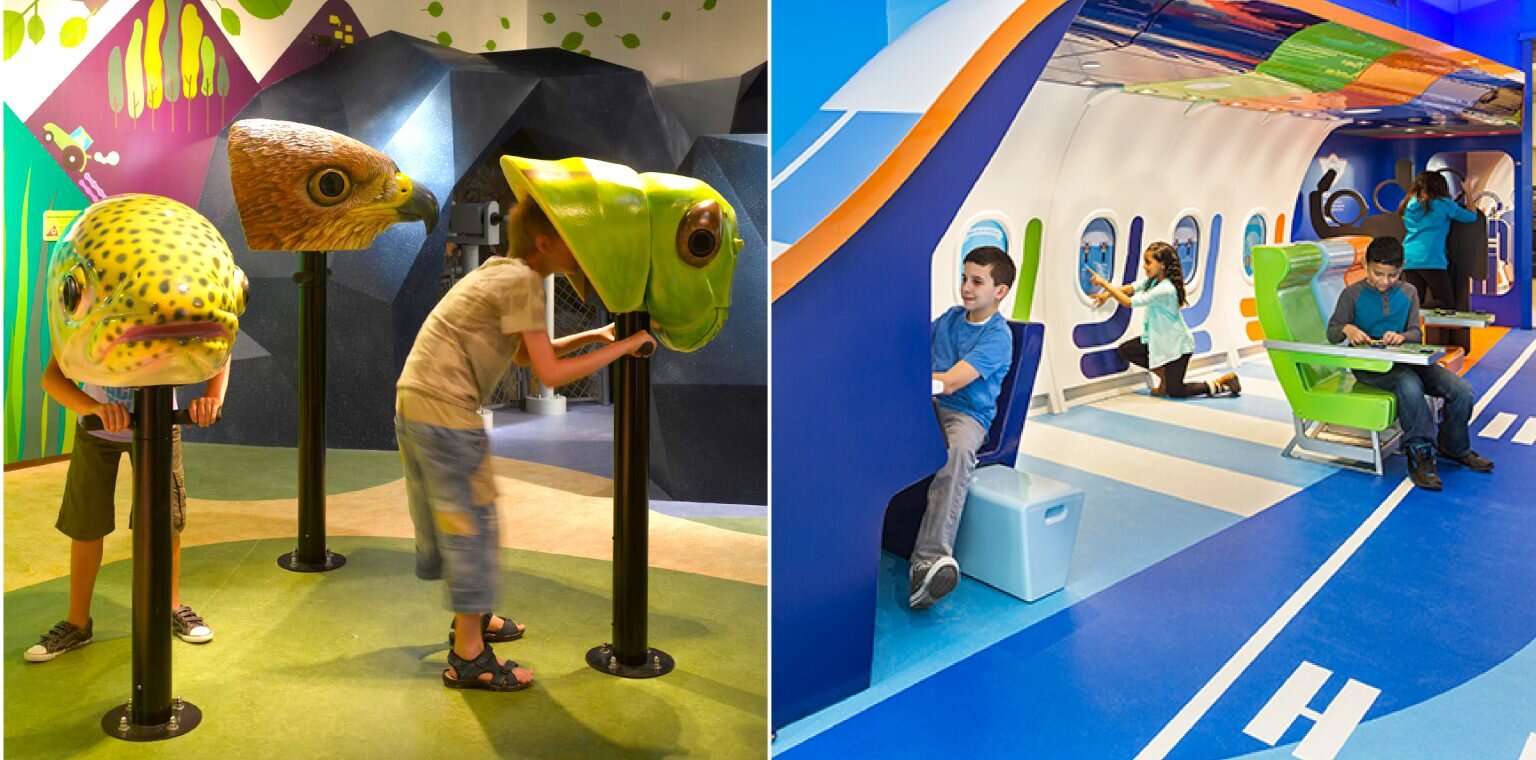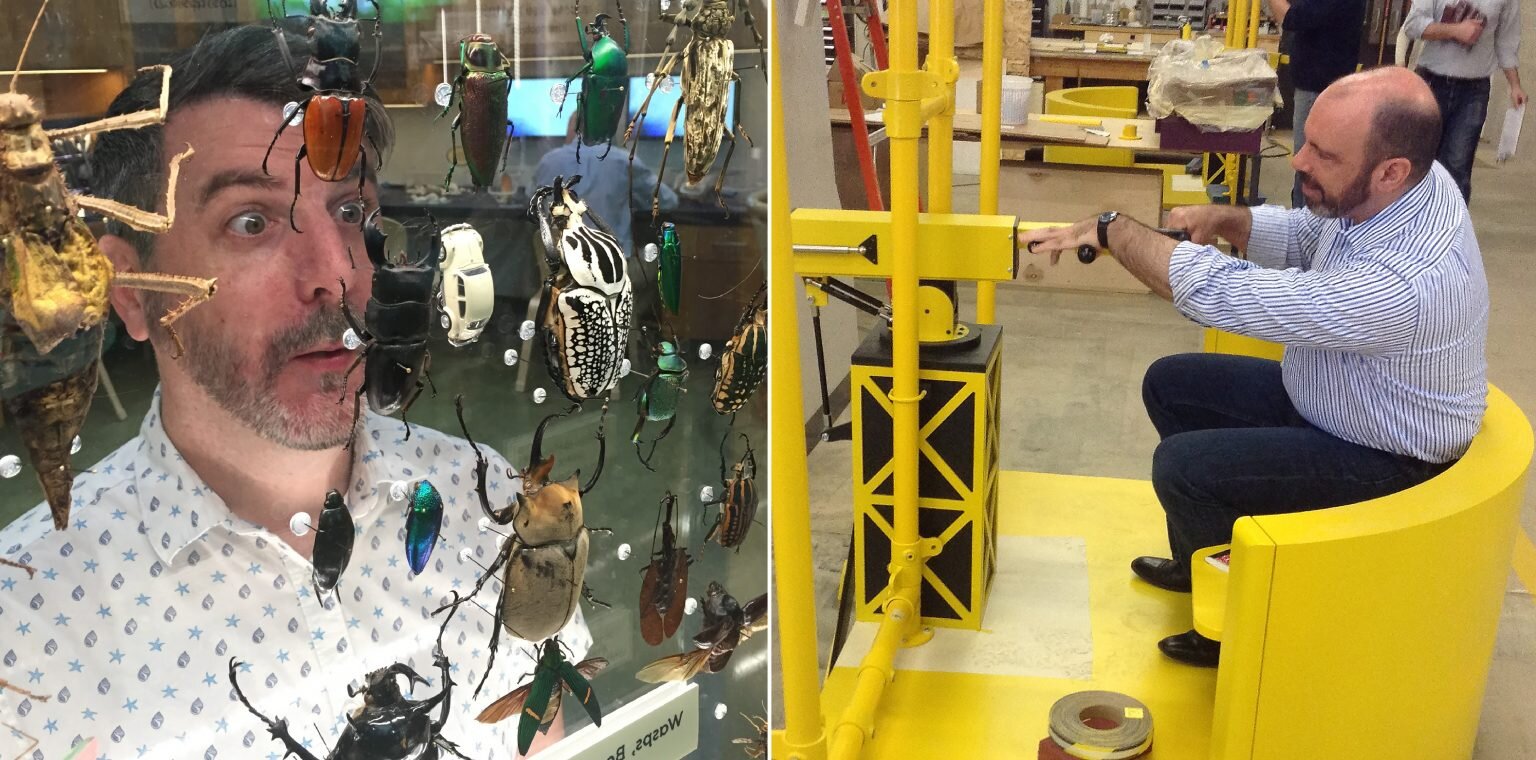Jack is not a dull boy
By Lee H. Skolnick, FAIA, Principal
“It is a happy talent to know how to PLAY.”
Over the course of the last few months, I have tried to convey some perspectives on three of the four spheres that have constituted our design and planning work over the last 40 years. In broad terms, we have come to call them LIVE, WORK, LEARN and PLAY, and I have done my best to communicate what characterizes each and how we have approached them.
I have left PLAY for last for a somewhat subversive reason. Like LIVE, it is a very general topic and, in fact it can underlie all of the others. But also, while all work and no play may make Jack a dull boy, all aspects of a rich and fulfilling life have an aspect of PLAY in them.
What would life be like without the joy and freedom of play? Who has ever been satisfied with their job if it didn’t contain at least a modicum of light-hearted spirit and activity? And, without doubt, how stale would learning be without the engagement of play and experimentation?
jetBlue junior, JFK Terminal 5, New York, NY
“Our brains are built to benefit from PLAY no matter what our age.”
Serious PLAY
We don’t need to dig very deep into learning theory to find the underpinnings and proof that PLAY is fundamental to both effective learning and a healthy life.
From psychologists, to developmental specialists, to educators, to philosophers and beyond, the literature substantiates the heuristic effects of play on almost every aspect of life. In addition to the benefits it has shown in the areas of education and socialization, play positively impacts people’s feeling of well-being and tolerance of others. And play is not merely a palliative – it has also been shown to be an effective therapeutic treatment of stress and other disorders.
The Children’s Gallery at the Royal Alberta Museum, Edmonton, Alberta, Canada
“The creation of something new is not accomplished by the intellect but by the PLAY instinct.”
We are the PLAY People
Since the earliest days of our studio, we have recognized the POWER OF PLAY. Our reputation is built upon play and we have infused it into a wide array of projects from children’s museums to libraries to informal learning venues and other places of recreation and education.
Four decades of design has taught us that the best way to create a “PLAY-full” experience is to engage in play ourselves. We approach each project with a sense of wonder and exploration. And we integrate things like imagination, inquiry, creativity, skill-building, empowerment, socialization and FUN into every aspect of the process from brainstorming and conceptualization with our clients and their stakeholders to design and development. By doing so, we ensure that this spirit of play permeates the very identity and essence of the final project and the experiences it offers.
SKOLNICK staff testing and prototyping exhibits
“PLAY is training for the unexpected.”
PLAY in the time of COVID
So, in the midst of us reveling in the positive attributes of PLAY, in its key role in enhancing experience and as a major item in our creative toolbox, along comes a pandemic. How can we continue to play and design for play during such challenging times?
Many of the components of what makes play PLAY have all of a sudden become too dangerous to include in our planning and design efforts. Concentrated socialization, intense collaboration, high-touch interaction, carefree freedom of movement, multisensory stimulation and exploration – all of these critical elements of the play experience are lost to us, at least for the moment.
For now, while we train a laser-like focus on making places clean and safe, socially distanced, and super-ventilated, we are simultaneously searching for new strategies for creating quality PLAY experiences. Reflexively we turn to technology: to the enhancement of remote learning applications, to myriad new forms of virtual engagement, to the deployment of personal devices (smart phones, iPads, etc.), to gesture based interfaces, and to immersive environments.
So, is there a silver lining in all this? Of course there is. There ALWAYS is.
The fact is that this extraordinary set of circumstances is forcing us to stretch and strengthen our muscles of creativity. This imagination and PLAY will yield strategies and solutions that, when added back into an already rich and proven panoply of approaches and techniques, will elevate and improve our abilities to craft ever more effective play experiences. As things evolve from what I have come to call “the new abnormal” to the true new normal, it will be a future that is safer, more vividly engaging, and even more PLAY-full!new strategiestechnology
Concept sketches for East Hampton Library’s Children’s Garden, East Hampton, NY
“We don’t stop playing because we grow old... we grow old because we stop playing.”
PLAY Along With Us
Like a baseball game that goes into extra innings, a football game that goes into overtime, or a tennis match in an endless tiebreaker, we play like our life depends on it. Because it does. Our creative energy is fueled by the life-affirming joy and challenges that play brings forth. And it really does permeate everything we do – whether it’s a home, a place of work, a cultural institution or a school. How fortunate we are to be invited to infuse this spirit into our work every day.
Stay tuned for our next post where I will try to tie all of the foregoing offerings together into a coherent whole. LIVE + WORK + LEARN + PLAY = ????





